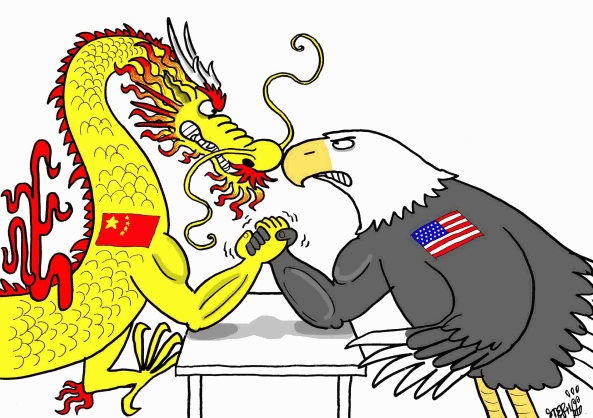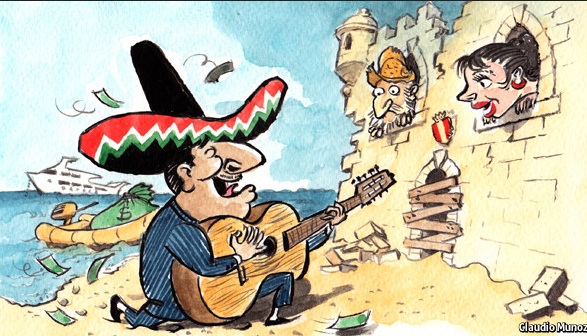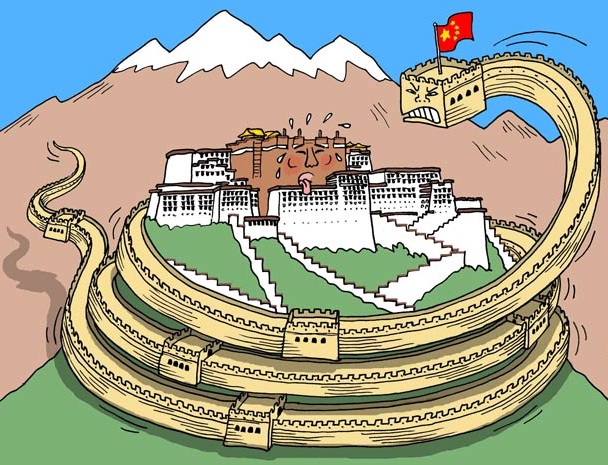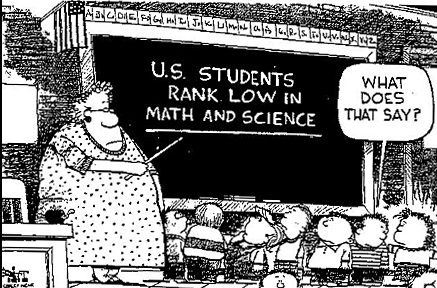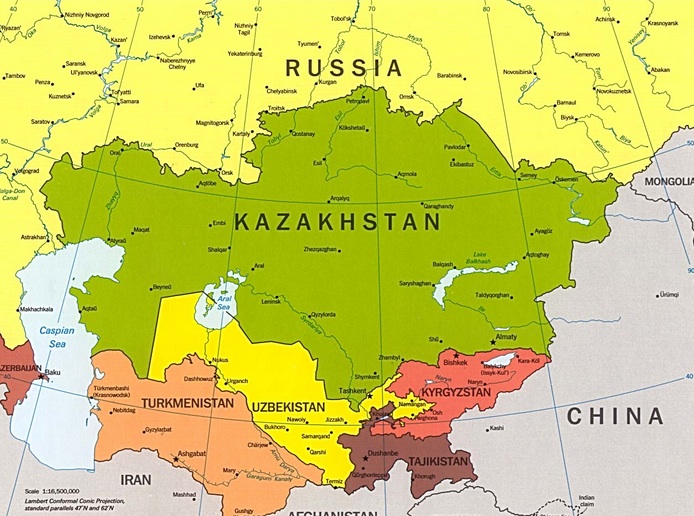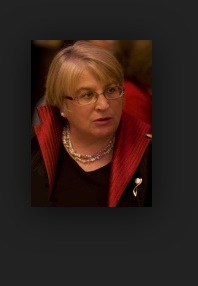Environmental activist group Sea Shepherd said it rescued 40 crew members from a sinking “poaching” ship it was pursuing for months for allegedly illegally fishing in the Southern Ocean, but described the ship’s sinking as suspicious.
Sea Shepherd said its ships Bob Barker and Sam Simon picked up the crew, which included the captain, from life rafts from the Nigerian-flagged boat Thunder.
They had been sailing in the waters of Sao Tome and Principe, an island nation off Africa’s western coast.
“It is an incredibly suspicious situation, to say the least,” Bob Barker’s captain Peter Hammarstedt said in a statement.
“When my chief engineer boarded the Thunder in the hours leading up to the sinking, he was able to confirm that there were clear signs that the vessel was intentionally scuttled.
“Usually when a vessel is sinking, the captain will close all hatches so as to maintain buoyancy. However, on the Thunder, the reverse was done — doors and hatches were tied open and the fishhold was opened.”
Sea Shepherd said the crew were given food and water and were transferred to Sam Simon.
Video recorded by the activist group showed the ship sinking just hours after it said Thunder issued a distress signal on Monday afternoon.
Hammarstedt said Thunder’s captain, who was not named, complained about being rescued and “started applauding and cheering” when the vessel sank.
“We’ve been chasing the Thunder for 110 days now, and I think they’re basically at the end of their fuel, and they would have had to make a port call,” Hammarstedt told the Sydney Morning Herald.
“I think the captain of the Thunder made the decision that he preferred the physical evidence on board… was better on the ocean bottom than going into port with him.”
Thunder, on a list of boats deemed to have engaged in illegal, unreported, or unregulated fishing activities by multi-national body the Conservation of Antarctic Marine Living Resources (CCAMLR), is suspected of illegal fishing for Patagonian toothfish and other rare species in the Antarctic.
Toothfish is sold as Chilean sea bass, which is popular in high-end restaurants. It sells primarily in the United States, Europe and Japan, although there is also a growing market in China.


